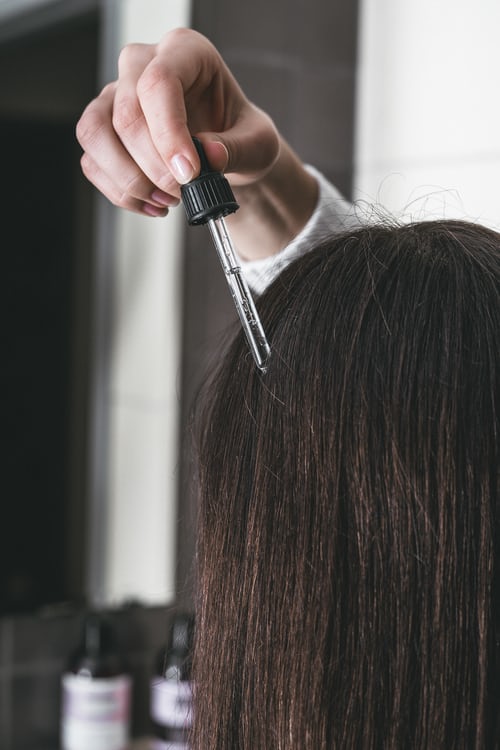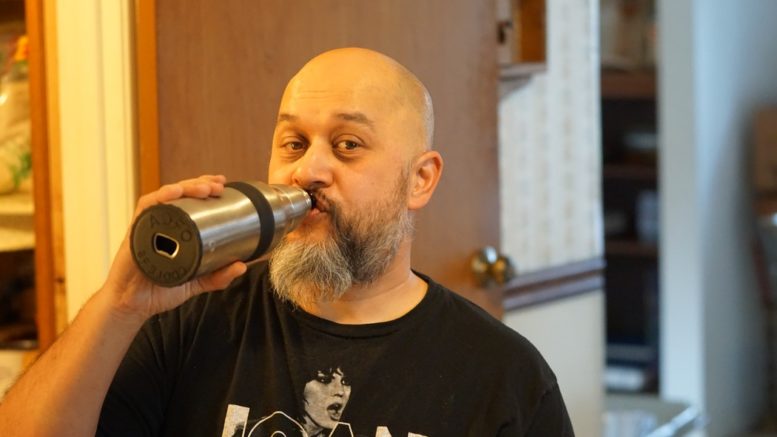What are these new bold patches that appeared on your head? Make sure to check with your dermatologist, but it’s most likely a condition called alopecia areata or a sudden onset of hairless patches on the scalp. The area affected is usually smooth, round and skin-colored even though it can look peachy. In some cases, the hairless patches have scattered short hairs.
With this type of alopecia, the bald spots have no redness or any changes in texture. This condition can affect anyone regardless of age, gender and lifestyle, but it usually occurs before the age of 30. If you notice this condition on you, don’t panic. There are many ways to deal with it and lead a normal life with your precious hair.
Try treatment
In some cases, bald patches and missing hair disappear without treatment. However, even if you notice regrowth, you might be interested in speeding up the hair growth. There are ways to deal with alopecia areata with prescribed treatment, but it all depends on your age, how serious your condition is, how long you’ve had issues with hair loss and whether or not you take certain medications.
The ways to treat alopecia areata include corticosteroid injections, topicals and creams. Corticosteroid injections are the most effective (in one study, more than 80% who were treated with injections experienced hair regrow within 12 weeks). Minoxidil AKA Rogaine and NULASTIN can further stimulate hair growth. Apply this topical to the bald spots 2 to 3 times a day (it’s suitable for scalp, beard and eyebrows). There are also corticosteroids you can apply to the bald spot once or twice a day. This last treatment is not so effective in adults but can work pretty well in kids.

Purchase artificial hair
If your hair loss is really preventing you from living your life normally (even though you’d look so cool bald), you can invest in all kinds of artificial hair. If you want to go big, you can shop for wigs and sport an amazing hairstyle that will make people jealous of your hair. Women that want to cover up their bald spots can also opt for a ponytail—this hairstyle will hide the bold parts and provide you with a lot of comfort and security. To make your thinning hair look thick and luscious, you can grab a quality hair extensions clip in addition that will instantly solve your problem. Extensions like these are easy to put in and take out and style so you can experiment with looks.
Invest in false eyelashes
In some cases, alopecia areata affects eyebrows and eyelashes, and you can easily deal with this issue by investing in quality makeup. With some practice, you’ll manage to draw your eyebrows and place fake eyelashes. Eyelashes are very important for eye protection, so your doctor might even recommend false ones. You can also resort to wearing glasses to further protect the eye and make eyebrow and lash loss less noticeable.
Learn about the hair loss types
About 50% of all patients with alopecia areata experience hair loss episodes that last under one year. After that, the hair grows back on its own. In many cases, these people will experience these episodes periodically and respond well to treatment. On the other hand, there are patients with alopecia areata that is much more stubborn—the hair doesn’t grow back and doesn’t respond to treatment. Today, doctors and specialists can’t predict which person will have a brief case of alopecia and which patient will have more serious hair loss that lasts for a long time.
Your hair is probably a big part of your identity, but as you can see, alopecia areata doesn’t mean you have to give it up. It can be treated, plus there are ways to cover it up, especially today.
